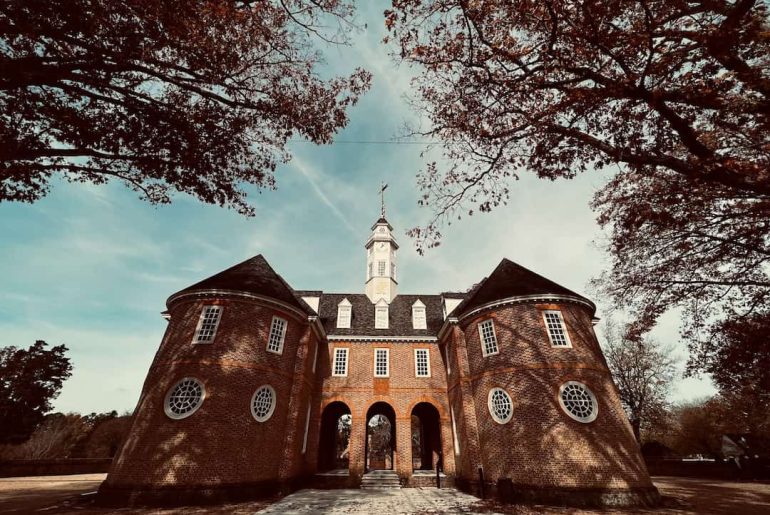Colonial architecture is a testament to past eras’ beauty and heritage, reflecting the colonial period’s architectural styles influenced by European colonization. This article explores colonial architecture’s historical background, distinct features, and global impact. By examining iconic buildings and preservation efforts, we uncover their enduring charm and significance in the modern world. Studying colonial architecture provides insight into cultural heritage, the colonial past, and the evolution of our cities.
Which countries have the best examples of Colonial Architecture?

India, Portugal, and Brazil are renowned for their exceptional examples of colonial architecture. The British East India Company left a lasting architectural legacy in India, with the Victoria Memorial in Kolkata showcasing the grandeur of British colonial design. In Portugal’s Macau, a fusion of Portuguese and Chinese influences can be seen in the historic center, from St. Paul’s Ruins to the intricate patterns of Portuguese tiles. Brazil offers vibrant colonial-style architecture, with landmarks like Pelourinho in Salvador and baroque churches in Ouro Preto displaying captivating European influences blended with local craftsmanship. These countries are ideal destinations for those interested in exploring the fascinating world of colonial architecture.
What are the characteristics of colonial-style buildings?

Colonial-style buildings in North America during the 17th and 18th centuries were characterized by symmetrical and balanced designs influenced by European colonists. They use traditional materials like brick or stone, often painted in muted colors for elegance. Facades showcase columned entrances or porticoes, adding grandeur. Large windows with decorative shutters contribute to balance, and gable or hip roofs with chimneys enhance appeal and ventilation. Practical layouts include square rooms and a central hallway. Colonial-style buildings have a timeless charm, blending European design with American sensibility.
What are some famous colonial buildings around the world?

The Castillo de San Marcos and the Victoria Memorial are iconic symbols of colonial architecture and history in St. Augustine, Florida, and Kolkata, India. The creation of the Castillo de San Marcos can be attributed to Spanish settlers in the late 17th century. It stands as proof of the European footprint in North America. Its unique architecture with thick coquina walls represents Spanish colonial military design. In contrast, the Victoria Memorial, constructed during British rule in the early 20th century, showcases a fusion of Mughal and British architectural styles. Its white marble facade and sprawling gardens make it a symbol of imperialism and a cherished historical monument. These colonial buildings remind us of past power dynamics and cultural exchanges that have shaped our global heritage.
Conclusion
Preserving and revitalizing colonial architecture maintains its architectural value and enhances the nearby community. It serves as a captivating glimpse into the past, showcasing craftsmanship, cultural fusion, and historical importance. By exploring, protecting, and adapting these treasures, we ensure future generations can appreciate their timeless beauty and learn from their rich heritage. Let us embrace and celebrate this enduring legacy, recognizing the invaluable stories it tells about our shared history.






